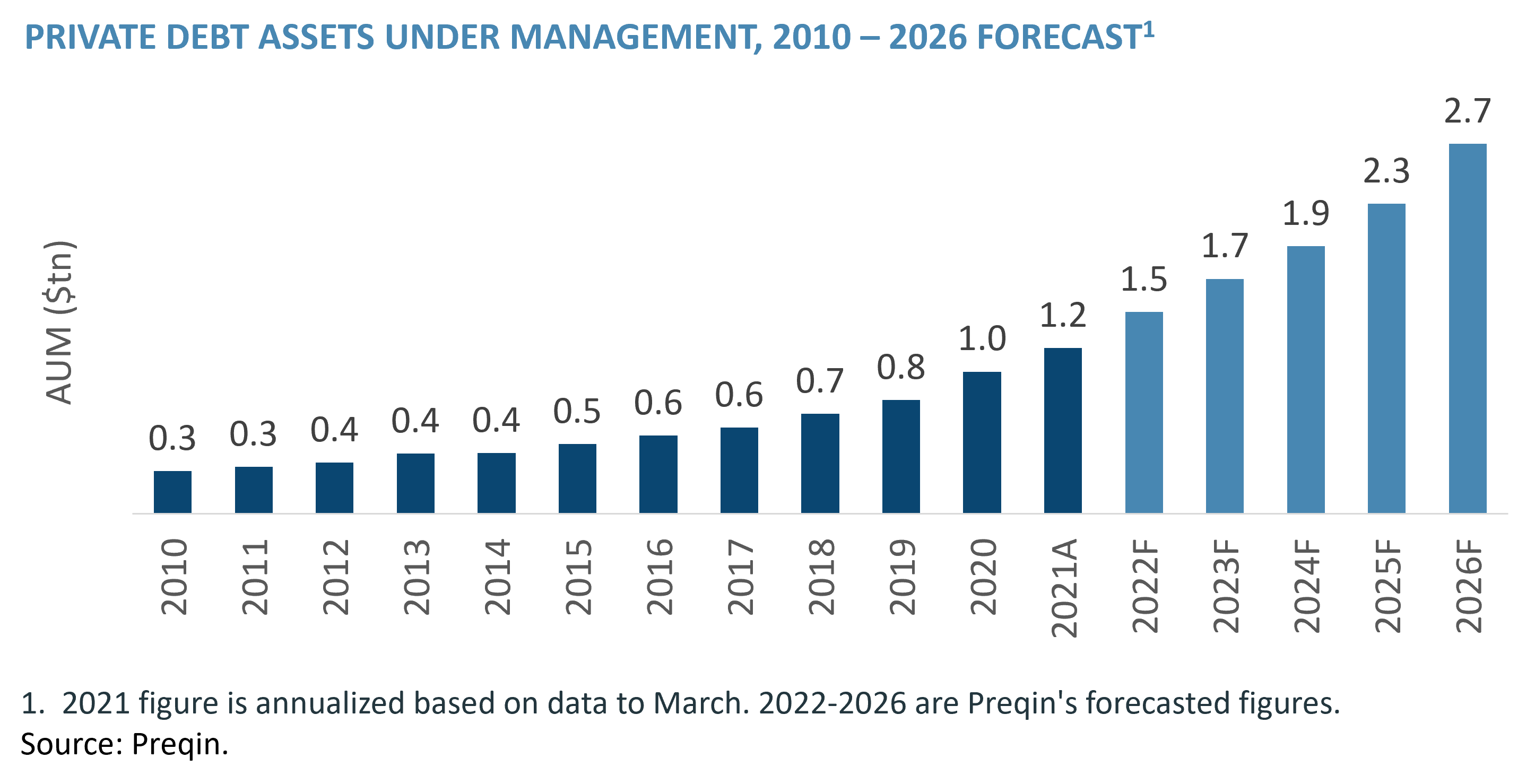The Value Of Middle Managers: Bridging The Gap Between Leadership And Employees

Table of Contents
Improving Communication and Collaboration
Middle managers are the vital conduit for information flow within an organization. They act as translators, facilitators, and connectors, ensuring seamless communication and collaboration across all levels.
Translating Leadership Vision
Effective middle managers excel at translating complex strategic goals from upper management into actionable plans for their teams. This involves:
- Deconstructing complex strategies: Breaking down overarching objectives into smaller, manageable tasks that individual team members can understand and execute.
- Clarifying expectations: Ensuring everyone understands their roles, responsibilities, and performance expectations, leaving no room for ambiguity.
- Providing context: Connecting individual tasks to the larger organizational vision, helping employees see how their work contributes to the bigger picture. This fosters a sense of purpose and increases engagement. Strategic alignment becomes a natural outcome of this clear communication.
Facilitating Two-Way Communication
Middle managers are not just messengers; they are active participants in fostering open communication. They create channels for upward communication, ensuring employee voices are heard and feedback is considered. This includes:
- Regular team meetings: Establishing consistent forums for open discussion, problem-solving, and feedback sharing.
- Open-door policies: Creating a welcoming environment where employees feel comfortable approaching their managers with concerns or suggestions.
- Feedback mechanisms: Implementing systems for regular performance reviews, 360-degree feedback, and anonymous suggestion boxes.
- Upward communication strategies: Actively soliciting feedback from employees and conveying it effectively to senior leadership, ensuring a transparent and responsive organizational culture. This leads to increased employee engagement and strengthens the overall communication flow.
Boosting Employee Performance and Engagement
Middle managers play a pivotal role in nurturing talent and fostering a positive work environment. Their actions directly impact employee performance, engagement, and retention.
Mentorship and Development
Middle managers are often the first line of support for employee development. Their role in mentorship and coaching is crucial for growth and talent retention within the organization. This includes:
- Providing training opportunities: Identifying skill gaps and providing resources for employees to enhance their capabilities.
- Conducting performance reviews: Providing constructive feedback, identifying areas for improvement, and setting goals for future performance.
- Creating individual growth plans: Working with employees to develop tailored plans for career progression and professional development.
- Identifying talent: Recognizing high-potential employees and creating opportunities for their advancement within the organization.
Motivation and Support
A supportive and motivating work environment is critical for employee engagement and retention. Middle managers are instrumental in creating such an environment:
- Recognizing achievements: Celebrating both individual and team successes to reinforce positive behaviors and boost morale.
- Addressing concerns: Providing a safe space for employees to voice concerns and offering support during challenging times.
- Providing support during challenging times: Offering guidance, encouragement, and practical assistance when employees face difficulties.
- Promoting teamwork: Fostering collaboration, trust, and mutual respect among team members, creating a cohesive and supportive team culture.
Driving Operational Efficiency and Results
Middle managers are the engines of operational efficiency. They translate high-level strategies into tangible results by overseeing day-to-day operations and ensuring smooth execution.
Implementing Strategies and Policies
Effective middle managers ensure that company-wide strategies and policies are implemented effectively at the team level. This involves:
- Resource allocation: Distributing resources efficiently to support project completion and maximize productivity.
- Task delegation: Assigning tasks appropriately based on individual skills and capabilities, promoting specialization and avoiding bottlenecks.
- Project management: Overseeing projects from initiation to completion, ensuring they are completed on time and within budget.
- Monitoring progress: Regularly tracking progress against targets, identifying any potential delays or challenges, and taking proactive steps to address them.
- Problem-solving: Identifying and resolving operational challenges before they escalate into major issues.
Monitoring Performance and Identifying Issues
Middle managers act as early warning systems, monitoring performance and identifying potential problems before they impact the organization's overall success. This includes:
- Performance tracking: Regularly monitoring key performance indicators (KPIs) to assess the effectiveness of strategies and identify areas for improvement.
- Identifying areas for improvement: Pinpointing bottlenecks, inefficiencies, or other issues that are hindering productivity or performance.
- Proactive problem-solving: Addressing potential issues before they become major problems, preventing disruptions and minimizing negative impacts.
- Reporting to senior management: Regularly communicating performance data, identified issues, and proposed solutions to senior leadership.
Conclusion
In conclusion, the value of middle managers extends far beyond simple task management. They are the crucial link between leadership vision and employee execution, significantly impacting communication, employee engagement, and operational efficiency. Effective middle management is not a cost; it's a strategic investment that yields significant returns. By recognizing the crucial role of middle managers, investing in their training and development, and empowering them to lead, organizations can unlock their full potential and drive sustainable growth. Investing in developing middle managers, creating a supportive environment for empowered middle managers, and fostering effective middle management practices are key to unlocking organizational success. Let's acknowledge and appreciate the contributions of our unsung heroes—our middle managers—and build a future where they are empowered to lead and thrive.

Featured Posts
-
 Private Credit Market Cracks A Weekly Analysis Of Recent Turmoil
Apr 27, 2025
Private Credit Market Cracks A Weekly Analysis Of Recent Turmoil
Apr 27, 2025 -
 Microsofts Perspective Human Creativity In The Age Of Artificial Intelligence
Apr 27, 2025
Microsofts Perspective Human Creativity In The Age Of Artificial Intelligence
Apr 27, 2025 -
 Brazil Bound Justin Herbert And The Chargers 2025 Season Opener
Apr 27, 2025
Brazil Bound Justin Herbert And The Chargers 2025 Season Opener
Apr 27, 2025 -
 Alberto Ardila Olivares Tu Garantia Para Marcar Goles
Apr 27, 2025
Alberto Ardila Olivares Tu Garantia Para Marcar Goles
Apr 27, 2025 -
 Paolini Y Pegula Sorpresa En Dubai Eliminadas Del Wta 1000
Apr 27, 2025
Paolini Y Pegula Sorpresa En Dubai Eliminadas Del Wta 1000
Apr 27, 2025
